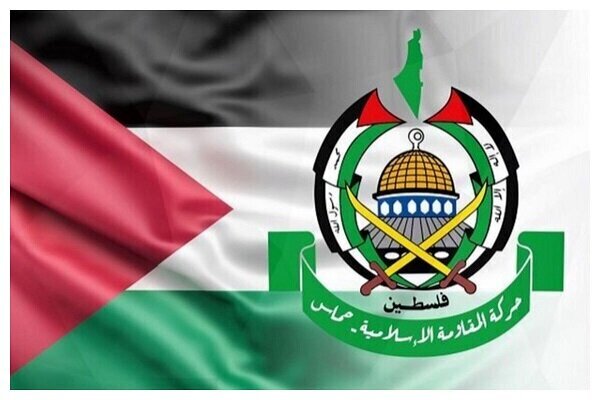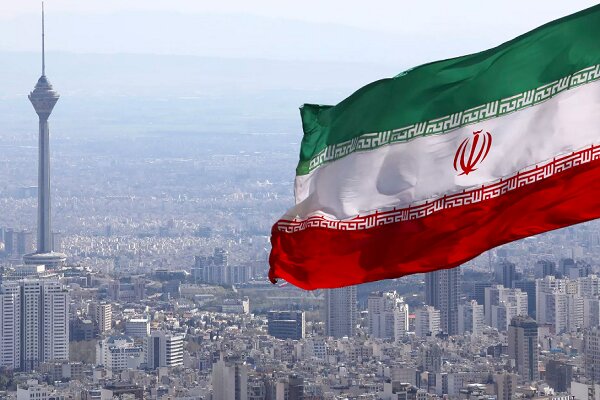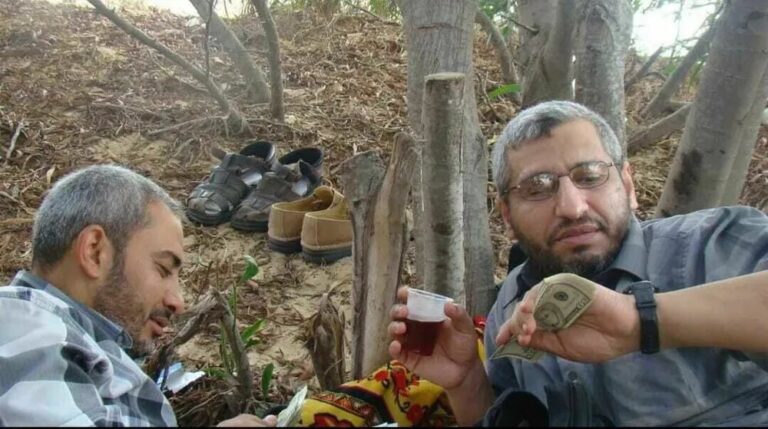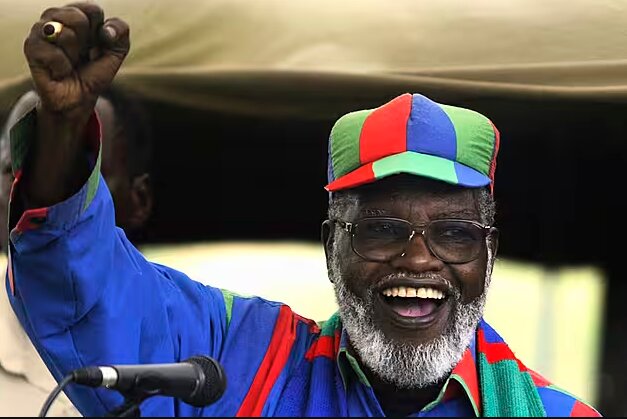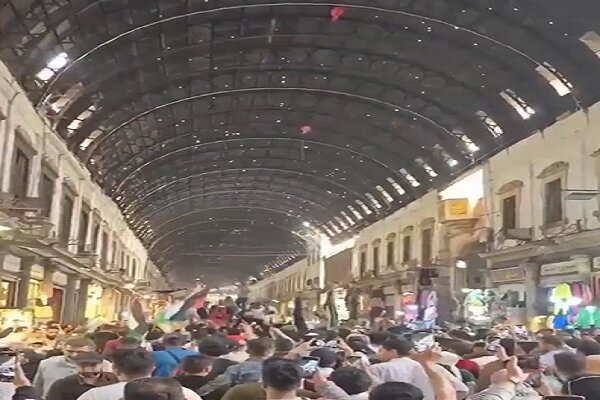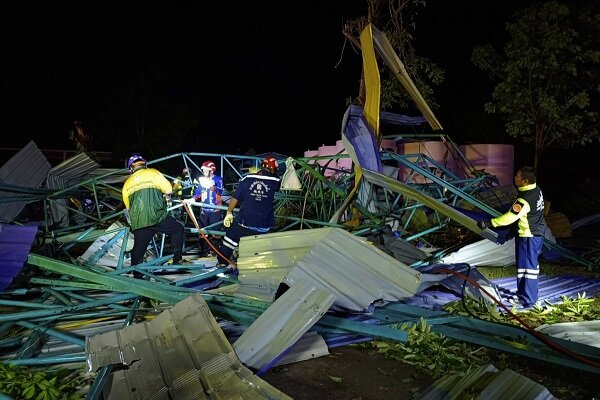Hamas Claims Israel’s Netzarim Withdrawal Marks a Major Setback in War Objectives
In recent developments, Hamas has made a significant statement regarding the return of displaced Palestinian individuals to their homes, emphasizing that this movement counters Benjamin Netanyahu’s assertions of victory in the ongoing conflict. The situation in Gaza remains tense, with the impact of the conflict deeply affecting the lives of many.
On Sunday, Hamas declared, “Gaza will remain a land liberated by the hands of its people and its fighters, and forbidden to the occupying invaders and any external force.” This statement comes in the wake of Israeli troops completing their withdrawal from the Netzarim Corridor, a crucial military zone that serves as a buffer between northern and southern Gaza.
The withdrawal of Israeli forces from this strategic area signals a pivotal moment in the ongoing hostilities. As military positions were cleared, hundreds of displaced Palestinians began their journey back to their homes, marking a significant change in the landscape of the conflict.
This military withdrawal is part of a broader ceasefire agreement that was established between Israel and Hamas on January 19. To date, this agreement has facilitated the release of:
- 16 Israeli prisoners
- 566 Palestinian prisoners
Prior to this moment, approximately 700,000 residents of northern Gaza were compelled to seek refuge in the south due to mass evacuation orders issued by the Israeli military. Many of these individuals faced further displacements as Israeli forces advanced into southern Gaza, complicating their ability to return home through the Netzarim Corridor.
This ongoing situation highlights the complexities and challenges faced by the Palestinian people. The impact of the conflict on the civilian population is profound, with many struggling to rebuild their lives amidst uncertainty.
As the situation evolves, the humanitarian needs of the displaced individuals remain critical. Access to basic necessities, shelter, and medical care continues to be a pressing concern. Organizations working in the region are focusing on providing the necessary support to those affected by the violence.
Moreover, the ceasefire agreement represents a fragile truce, with both sides navigating a landscape filled with tensions. The release of prisoners is a noteworthy development, showcasing potential avenues for dialogue and negotiation, although the path to lasting peace remains fraught with challenges.
In summary, the recent statements from Hamas and the withdrawal of Israeli forces from the Netzarim Corridor signal a critical juncture in the conflict. The return of displaced Palestinians to their homes is a step toward normalcy, yet the broader implications of the ongoing hostilities continue to loom large.
As the situation develops, it is essential for the international community to remain engaged and seek solutions that prioritize the safety and well-being of all individuals affected by the conflict. The humanitarian crisis in Gaza requires urgent attention and action to address the needs of those who have been displaced and affected by the violence.
In conclusion, the evolving dynamics in Gaza underscore the importance of understanding the human impact of political decisions. The journey toward peace and reconciliation will require concerted efforts from all parties involved, with a focus on dialogue, understanding, and respect for human rights.
